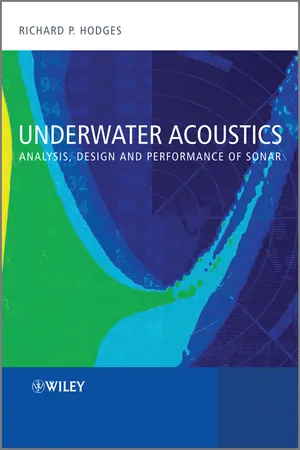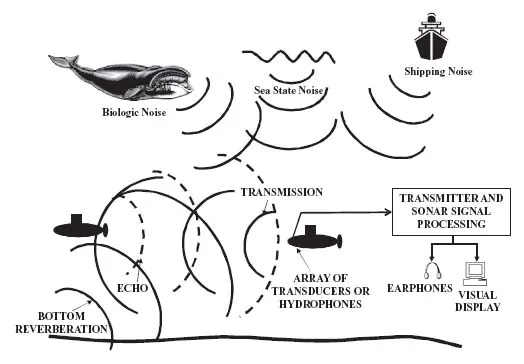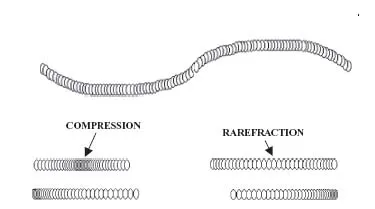
- English
- ePUB (mobile friendly)
- Available on iOS & Android
About this book
Offering complete and comprehensive coverage of modern sonar spectrum system analysis, Underwater Acoustics: Analysis, Design and Performance of Sonar provides a state-of-the-art introduction to the subject and has been carefully structured to offer a much-needed update to the classic text by Urick. Expanded to included computational approaches to the topic, this book treads the line between the highly theoretical and mathematical texts and the more populist, non-mathematical books that characterize the existing literature in the field. The author compares and contrasts different techniques for sonar design, analysis and performance prediction and includes key experimental and theoretical results, pointing the reader towards further detail with extensive references. Practitioners in the field of sonar design, analysis and performance prediction as well as graduate students and researchers will appreciate this new reference as an invaluable and timely contribution to the field.
Chapters include the sonar equation, radiated, self and ambient noise, active sonar sources, transmission loss, reverberation, transducers, active target strength, statistical detection theory, false alarms, contacts and targets, variability and uncertainty, modelling detections and tactical decision aids, cumulative probability of detection, tracking target motion analysis and localization, and design and evaluation of sonars
Frequently asked questions
- Essential is ideal for learners and professionals who enjoy exploring a wide range of subjects. Access the Essential Library with 800,000+ trusted titles and best-sellers across business, personal growth, and the humanities. Includes unlimited reading time and Standard Read Aloud voice.
- Complete: Perfect for advanced learners and researchers needing full, unrestricted access. Unlock 1.4M+ books across hundreds of subjects, including academic and specialized titles. The Complete Plan also includes advanced features like Premium Read Aloud and Research Assistant.
Please note we cannot support devices running on iOS 13 and Android 7 or earlier. Learn more about using the app.
Information






Table of contents
- Cover
- Title
- Copyright
- About the Author
- Preface
- Acknowledgements
- 1: Introduction to Sonar
- 2: The Sonar Equations
- 3: Transducers, Directionality, and Arrays
- 4: Active Sonar Sources
- 5: Transmission Loss
- 6: Transmission Loss: Interaction with Boundaries
- 7: Ambient Noise
- 8: Reverberation
- 9: Active Target Strength
- 10: Radiated Noise
- 11: Self Noise
- 12: Statistical Detection Theory
- 13: Methodology for Calculation of the Recognition Differential
- 14: False Alarms, False Contacts, and False Targets
- 15: Variability and Uncertainty
- 16: Modeling Detection and Tactical Decision Aids
- 17: Cumulative Probability of Detection
- 18: Tracking, Target Motion Analysis, and Localization
- 19: Design and Evaluation of Sonars
- A Fourier Transforms
- B Analysis of Errors Associated with a Least Squares Methodology
- Index